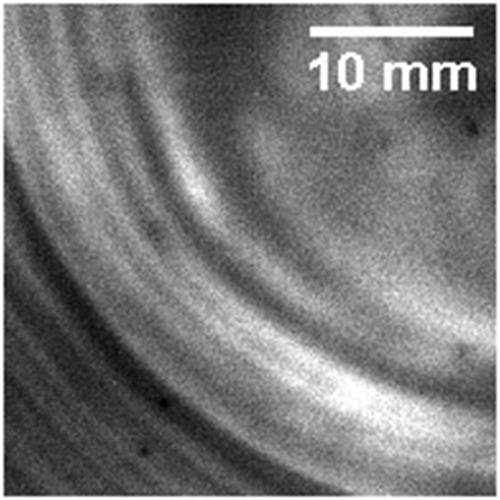当前位置:
X-MOL 学术
›
Prog. Photovoltaics
›
论文详情
Our official English website, www.x-mol.net, welcomes your feedback! (Note: you will need to create a separate account there.)
Understanding the light‐induced degradation at elevated temperatures: Similarities between multicrystalline and floatzone p‐type silicon
Progress in Photovoltaics ( IF 6.7 ) Pub Date : 2017-11-27 , DOI: 10.1002/pip.2954 Tim Niewelt 1, 2 , Florian Schindler 1, 2 , Wolfram Kwapil 1, 2 , Rebekka Eberle 1 , Jonas Schön 1, 2 , Martin C. Schubert 1
Progress in Photovoltaics ( IF 6.7 ) Pub Date : 2017-11-27 , DOI: 10.1002/pip.2954 Tim Niewelt 1, 2 , Florian Schindler 1, 2 , Wolfram Kwapil 1, 2 , Rebekka Eberle 1 , Jonas Schön 1, 2 , Martin C. Schubert 1
Affiliation

|
This paper discusses degradation phenomena in crystalline silicon. We present new investigations of the light‐ and elevated temperature‐induced degradation of multicrystalline silicon. The investigations provide insights into the defect parameters as well as the diffusivity and solubility of impurity species contributing to the defect. We discuss possible defect precursor species and can rule out several metallic impurities. We find that an involvement of hydrogen in the defect could explain the characteristic observations for light‐ and elevated temperature‐induced degradation. Furthermore, we demonstrate analogies to the light‐induced degradation mechanisms at elevated temperatures observed in floatzone silicon, where several experimental results also indicate an involvement of hydrogen in the defect. Based on the similarities between multicrystalline and floatzone silicon, we suggest that both degradation phenomena might be caused by the same or similar defects. As we do not expect large concentrations of metals in floatzone silicon, we suggest that complexes of hydrogen and a species introduced during crystal growth might cause both degradation phenomena.
中文翻译:

了解高温下的光致降解:多晶硅和浮区p型硅之间的相似性
本文讨论了晶体硅中的降解现象。我们提出了在光和高温下引起的多晶硅降解的新研究。这些研究提供了对缺陷参数以及造成缺陷的杂质种类的扩散性和溶解性的见解。我们讨论了可能的缺陷前驱物种类,并可以排除几种金属杂质。我们发现缺陷中包含氢可以解释光和高温引起的降解的特征性观察。此外,我们证明了类似于在浮区硅中观察到的高温下光诱导降解的机理,其中一些实验结果也表明氢参与了缺陷。基于多晶硅和浮子区硅之间的相似性,我们建议两种降解现象可能是由相同或相似的缺陷引起的。由于我们不期望浮选区硅中的金属浓度很高,因此我们建议氢的复合物和晶体生长过程中引入的物质可能会导致两种降解现象。
更新日期:2017-11-27
中文翻译:

了解高温下的光致降解:多晶硅和浮区p型硅之间的相似性
本文讨论了晶体硅中的降解现象。我们提出了在光和高温下引起的多晶硅降解的新研究。这些研究提供了对缺陷参数以及造成缺陷的杂质种类的扩散性和溶解性的见解。我们讨论了可能的缺陷前驱物种类,并可以排除几种金属杂质。我们发现缺陷中包含氢可以解释光和高温引起的降解的特征性观察。此外,我们证明了类似于在浮区硅中观察到的高温下光诱导降解的机理,其中一些实验结果也表明氢参与了缺陷。基于多晶硅和浮子区硅之间的相似性,我们建议两种降解现象可能是由相同或相似的缺陷引起的。由于我们不期望浮选区硅中的金属浓度很高,因此我们建议氢的复合物和晶体生长过程中引入的物质可能会导致两种降解现象。


























 京公网安备 11010802027423号
京公网安备 11010802027423号